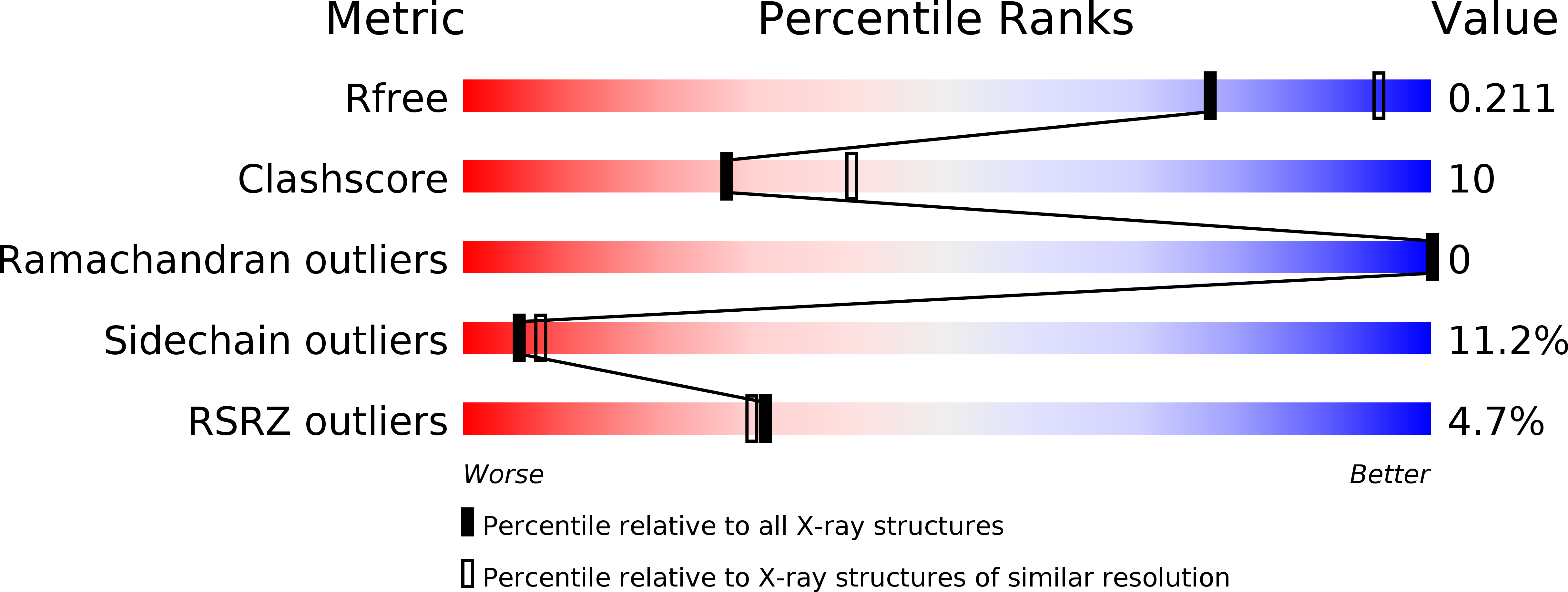
Deposition Date
2015-01-30
Release Date
2015-08-12
Last Version Date
2023-11-08
Entry Detail
PDB ID:
4XXB
Title:
Crystal structure of human MDM2-RPL11
Biological Source:
Source Organism:
Homo sapiens (Taxon ID: 9606)
Host Organism:
Method Details:
Experimental Method:
Resolution:
2.40 Å
R-Value Free:
0.22
R-Value Work:
0.19
R-Value Observed:
0.19
Space Group:
P 32 2 1


